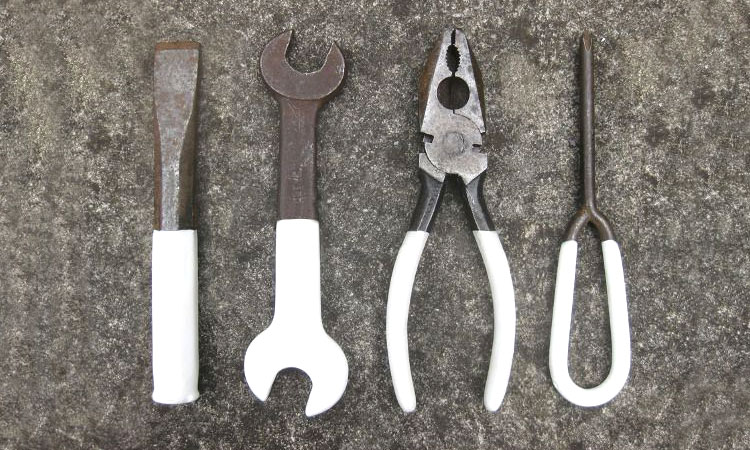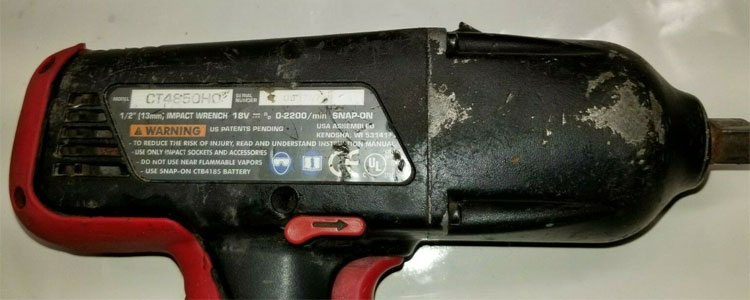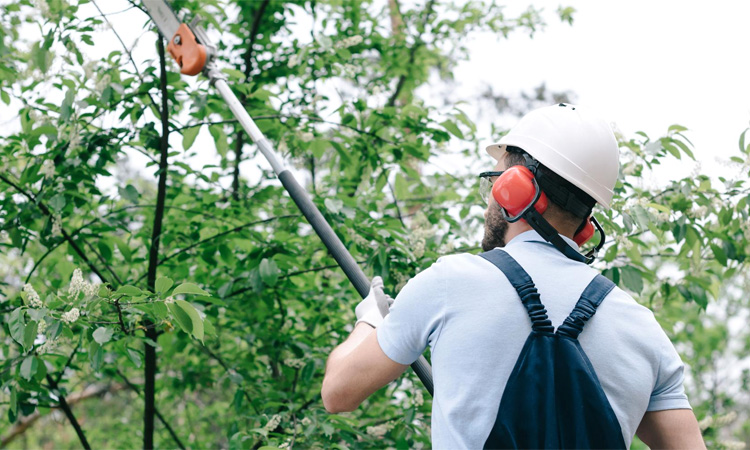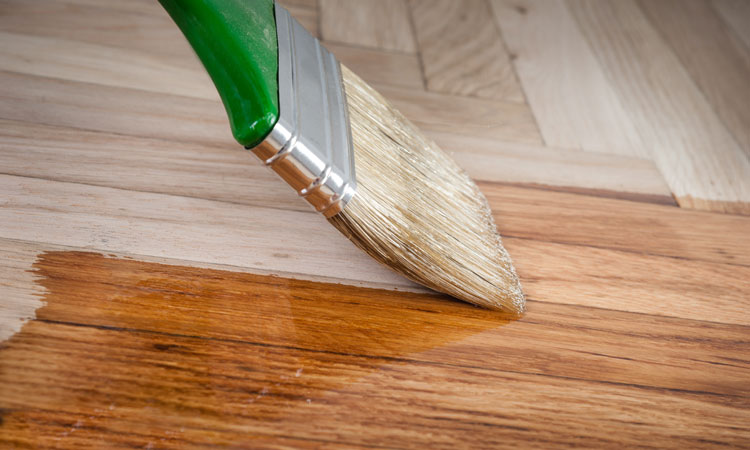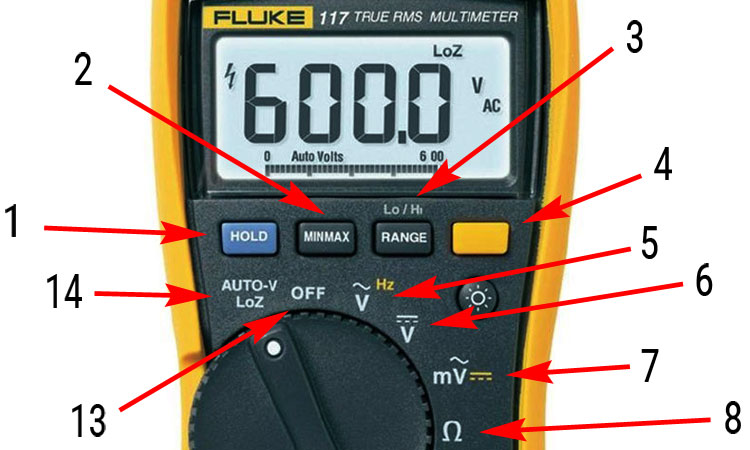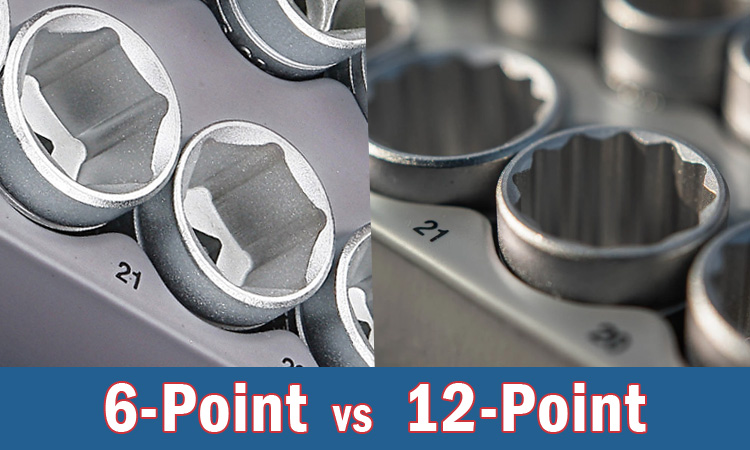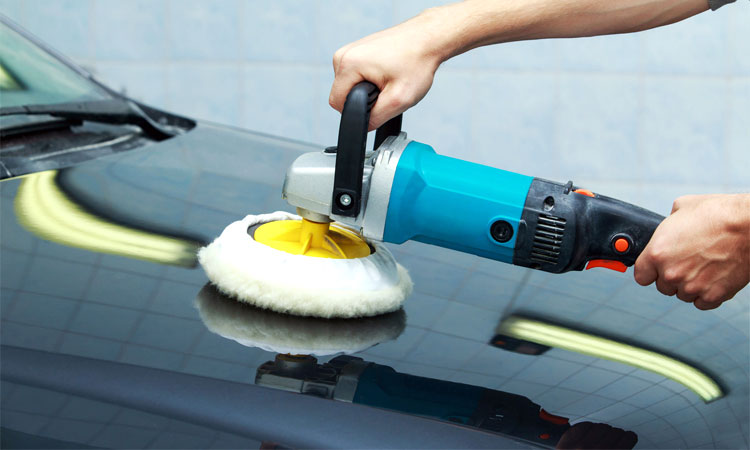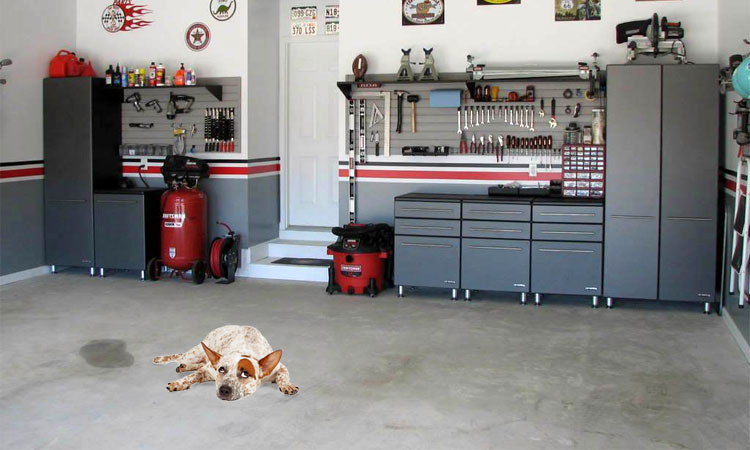How to Stop Tool Theft and Recover Stolen Tools
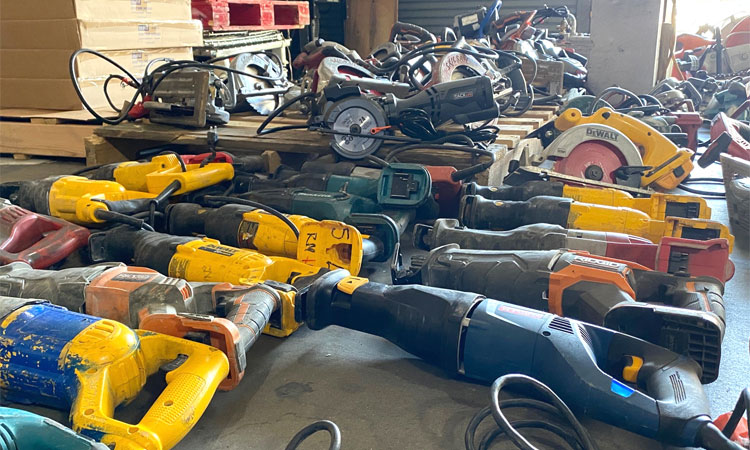
For a craftsman, losing some or all of your tools to theft means missing work and being able to perform to your full potential. Even a home DIYer would be without the use of their tools and hundreds or even thousands of dollars in personal property.
The nicer the tool (think Snap-on or Matco), the higher the risk. The good news is that there are ways to reduce the temptation, and that will keep your tools safer.
Tool Protection
You’re probably aware of most methods used to protect tools, but it never hurts to be reminded. Any of these methods will make your tools safer, or make them so easy to identify that they’re not worth trying to steal.
#1 – Stand Out
Painting your tools a bright or unusual color, or coating them in something like Plasti-Dip will make them easier to identify and help you recover that tools that may have wandered off. This is not the best way to protect your tools, but it will do in a pinch.
#2 – Permanent Marks
Many craftsmen will purchase identifying stamps that can be used to permanently marks steel or wood with the distinguishing pattern or word.
Engraving tools are the next best thing to impact stamps, and will leave your mark in a prominent place of every tool so that accidental loss is rare, and recovery will be as easy as finding the mark.
#3 – Keep Things Under Lock and Key
If you absolutely must be away from your tools, keep them safer with a sturdy tool chest or tool box that can be locked for more protection.
This will add an extra layer of preparation to the job, but keeping your tools stored in a lockable tool chest or toolbox is the closest you can get to taking your tools with you.
Large/heavy tool chests obviously are more difficult for thieves to take as opposed to smaller tool boxes.
Recovery Options
In the event that someone does take one of your tools (whether accidentally or on purpose), being able to identify and recover them is essential. Here are some tips that will help you find your own missing tools and prevent you becoming an accessory to someone else’s.
#4 – Record Valuable Data
Serial numbers are found on most major tools (ie: power tools and air tools), and can be a foolproof way to recover stolen tools.
Since wrenches and other hand tools may not have a serial number printed on them, you still use a punch or engraving tool to leave permanent, recordable identification marks.
#5 – Buy Insurance
Even the best insurance policies will have loopholes that limit your replacement options, but a good personal property policy on your essential tools will get you back in business if disaster strikes.
Power tools and any type of equipment, including sets and kits, that has more than a small value should be insured with a suitable policy.
#6 – File a Police Report
You should file a police report when tools or other valuables have been stolen. If your tools are insured, this is even more important as very few insurance companies will accept anything else as proof of a theft.
If your tools are ever recovered by police, they may be able to trace them back to you (especially if serial numbers or other identification marks are known).
#7 – Avoid Contributing to Crime
If someone has a bunch of tools they are trying to sell on Craigslist or even the trunk of their car (especially newer tools), it’s very possible that they were stolen. Similarly, thieves tend to sell their wares at pawn shops and other discount tools shops.
When buying used power tools, give the seller the benefit of the doubt but don’t be afraid to contact authorities if something seems suspicious.
It is true that you can sometimes find a fantastic deal on a new cordless drill, but check with the pawn shop management to find out what steps they are taking to avoid dealing in stolen merchandise, and don’t buy from companies with no procedures in place.

